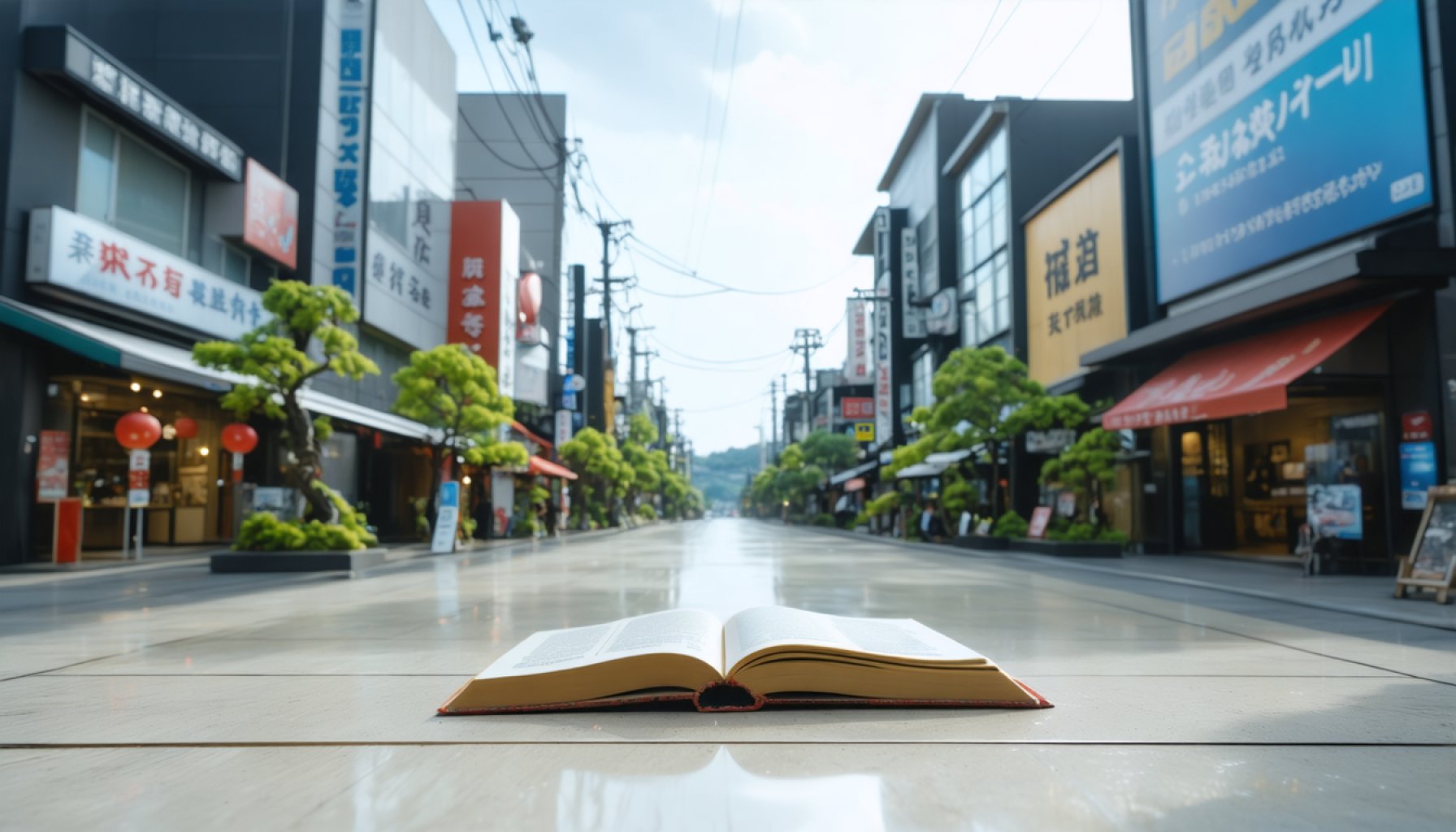- Takaoka City unveils its largest-ever budget of 81.7 billion yen, aiming for resilience against disasters and demographic decline.
- Funds are allocated for 28 restoration projects addressing earthquake damage, including roadway repairs and farmland rejuvenation.
- The budget dedicates over 2 billion yen to tackle liquefaction damage in the vulnerable Fushiki district.
- Population decline is addressed through child-rearing initiatives, reducing childcare costs to support young families.
- Investments in new educational facilities and a modern fire department highlight a focus on future innovation and resilience.
- Debate arises in the city council over the necessity of projects like a planned sports arena, questioning budget priorities.
- Approval is awaited in the March city council meeting, as citizens watch the city’s efforts to balance immediate needs with long-term growth.
Takaoka City stands at the brink of transformation with its newly unveiled budget for the fiscal year. Valued at a staggering 81.7 billion yen, this budget not only represents the largest in the city’s history but also illustrates a roadmap to resilience from disaster and demographic decline.
Envision the bustling streets of this city, gradually recovering from the scars of the Noto Peninsula earthquake. The budget carves out funds for 28 restoration projects, including roadway repairs and farmland rejuvenation, promising to mend the torn fabric of the community. Yet, the challenges loom large. In the Fushiki district, the unsettling reality of liquefaction damage daunts residents, as homes and roads remain in a precarious state. The city council grapples with these issues, allocating over 2 billion yen for critical analysis and action.
Amid these trials, Takaoka faces another persistent adversary: a shrinking population. The city’s numbers have plummeted from over 180,000 two decades ago to just over 160,000 today. In response, the budget endeavors to prioritize future generations, channeling funds towards child-rearing initiatives. This includes halving childcare costs for young children and alleviating financial strains on families, creating an environment where children can thrive.
Furthermore, future-forward projects like the construction of new educational facilities and a sophisticated fire department headquarters reinforce the city’s commitment to innovation and resilience. However, the ambitious nature of these undertakings sparks debate among city council members, some questioning the necessity of certain projects like the planned sports arena.
As the budget moves towards approval in the March city council meeting, the question resonates: Can Takaoka balance its pressing immediate needs with a promise of prosperity for generations to come? The city braces for answers while its citizens keenly watch the unfolding narrative.
The Future of Takaoka City: Can Bold Investments Revitalize a Declining Population?
How-To Steps & Life Hacks for Community Restoration
1. Prioritize Community Input: Engage residents through town halls and surveys to ensure restoration projects align with their needs.
2. Implement a Phased Approach: Focus on the most critical infrastructure repairs first, like Fushiki district’s roads, to minimize disruption.
3. Leverage Technology: Utilize drones and AI for efficient damage assessment and progress monitoring.
4. Sustainable Practices: Integrate sustainable materials and innovative techniques like permeable pavements to combat liquefaction.
5. Public-Private Partnerships: Collaborate with private enterprises to boost financial investment and expertise in projects.
Real-World Use Cases
– Kobe’s Rebuilding Post-Earthquake: A model for utilizing public funds to not only reconstruct but enhance urban resilience.
– Toyama’s Population Measures: Nearby cities have introduced incentives for young families, with promising results in curbing population decline.
Market Forecasts & Industry Trends
Takaoka’s budget reflects broader Japanese trends in urban planning, emphasizing disaster resilience. Market analysts predict a growing demand for sustainable construction materials and technologies in Japan’s urban areas.
Reviews & Comparisons
The decision to build a sports arena draws comparisons to similar projects in other cities, which have successfully boosted local economies. Critics, however, emphasize cost and potential underutilization.
Controversies & Limitations
Controversy: Some city council members argue that proposed projects like the sports arena may divert funds from more urgent needs, such as housing reconstruction and road safety.
Limitations: Liquefaction damage poses ongoing challenges since it requires innovative and costly solutions.
Features, Specs & Pricing
– Education Infrastructure: The new facilities aim to balance modern technology with sustainability, potentially doubling educational capacity.
– Fire Department Headquarters: Designed to be an emergency hub catering to both natural and man-made disasters.
Security & Sustainability
– Disaster Preparedness: Investments in building earthquake-resistant structures and upgrading emergency response systems.
– Environmental Impact: Incorporation of green spaces and energy-efficient buildings in urban planning.
Insights & Predictions
Takaoka’s strategic focus on child-rearing and future-ready infrastructure is likely to slow population decline and set a precedent for other mid-sized Japanese cities.
Tutorials & Compatibility
Urban planners can consider flexible frameworks that evolve with growing city needs. Compatible tools include GIS for urban planning and environmental impact assessment software.
Pros & Cons Overview
Pros:
– Comprehensive approach to disaster recovery.
– Childcare initiatives likely to attract young families.
– Infrastructure modernization promises long-term economic benefits.
Cons:
– High upfront costs could strain city finances.
– Uncertainty over the necessity and utilization of some projects like the sports arena.
Actionable Recommendations
1. Engage Stakeholders: Continuous dialogue between government, citizens, and businesses is essential for tailoring projects to community needs.
2. Monitor Progress: Regular updates and transparency regarding the budget and project milestones will build public trust.
3. Seek Innovative Solutions: Encourage innovation in addressing liquefaction and infrastructure resilience.
4. Implement Policy Adjustments: Adapt policies in response to emerging data and challenges in demographic trends and urban needs.
For more on urban planning innovations and best practices, visit Urban Institute.
By taking these strategic steps, Takaoka City can effectively balance immediate needs with sustainable, long-term growth, turning challenges into opportunities for a prosperous future.
